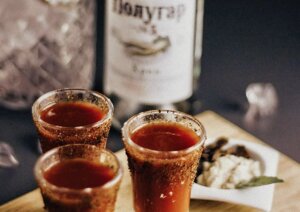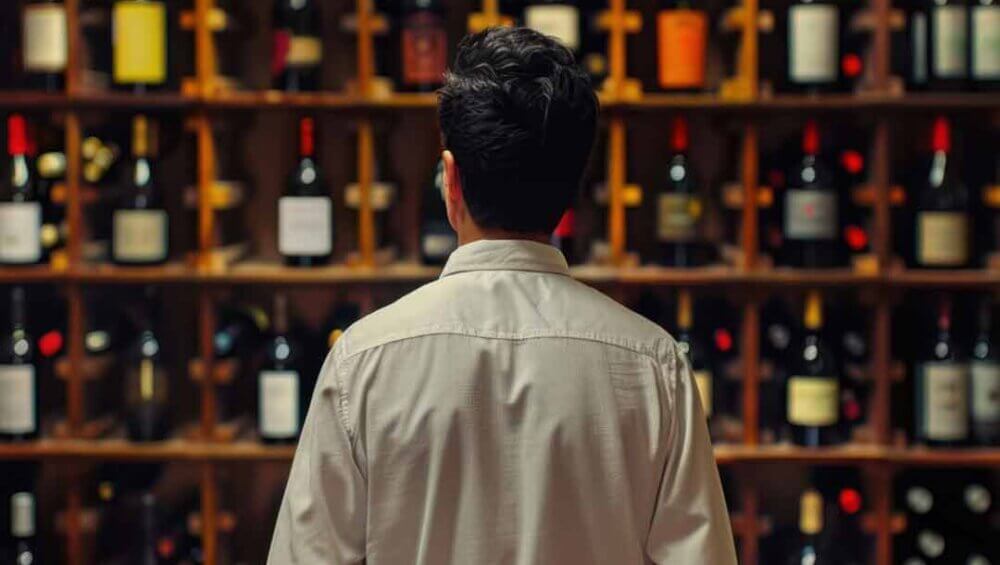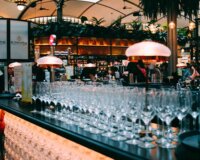 A decade ago, maybe even 5 years ago, the common belief was that alcohol brands were built on premise in bars and restaurants. The rationale behind this belief is that a consumer could be introduced to a new brand and try the product in an appealing environment. This was also a lower risk, cheaper way for the consumer to experience a new product because if they didn’t like it, they could switch to something they did like and were only out the cost of a cocktail not thecost of a 750ml bottle that would then gather dust on their bar.
A decade ago, maybe even 5 years ago, the common belief was that alcohol brands were built on premise in bars and restaurants. The rationale behind this belief is that a consumer could be introduced to a new brand and try the product in an appealing environment. This was also a lower risk, cheaper way for the consumer to experience a new product because if they didn’t like it, they could switch to something they did like and were only out the cost of a cocktail not thecost of a 750ml bottle that would then gather dust on their bar.
Enter covid, enter a persistent home cocktailing trend and most importantly enter e-commerce for beverage alcohol and you see a dramatic shift in how consumers become aware of new products and how they purchase and taste them. Now, the consumer becomes aware of new brands via their phone and if their interest in the brand is sufficiently piqued, they will purchase the product online for home delivery. Because of the 3-tier system, that purchase is being routed through a liquor store for the actual transaction and fulfillment and delivery. The liquor store doesn’t even need to have the products on their physical shelf to see what is trending. They know from online sales. They can keep their limited shelf space for the established, known brands while selling new brands and categories online. And, since the brand owner, knows who their consumer is, they can build a relationship with that consumer via digital marketing in a more nuanced and persistent way than any bartender could.
That is not to say that the role of the bartender has disappeared. Many bartenders have significant Instagram followings or make cocktails on TikTok, but their role has changed from awareness – introducing the consumer to an unknown brand at a bar- to education about how to best enjoy the product. “What do I do with this new product?” becomes an interactive brand opportunity. Of course, bartenders can also represent and introduce new brands to their online audiences but that is driving the purchase through the liquor store, not their bar. It has also shifted the authority from the bar to the bartender. Think about that when you’re developing channel programming and budgets. Getting placed at top bars and on their menus can take months of work and a lot of budget only to have your brand replaced in a few months for the next new thing. Once a retailer has seen a products success online, they are more likely to order it for their store.
These consumer behavior changes mean that the channel that is now leading brand discovery and awareness is online fulfilled by off premise. So, when we are working with new brands who are launching into the market, we make sure that they are taking advantage of this new route to the consumer, that they are using the right tools and that the brand has a reasonable budget to be successful. When done properly, ecommerce and digital marketing are the most efficient and cost-effective ways to launch new products. This drives the innovation engine to the off premise instead of the on premise so it may be time to reevaluate your channel strategy and spends.









